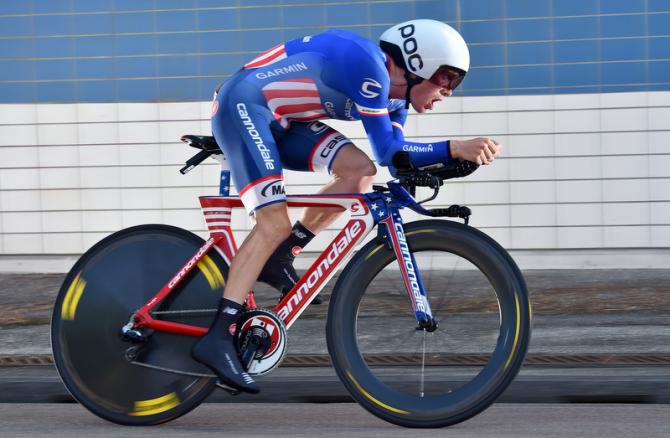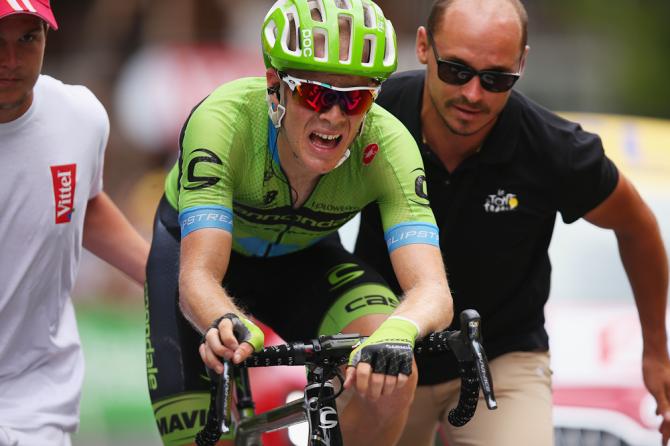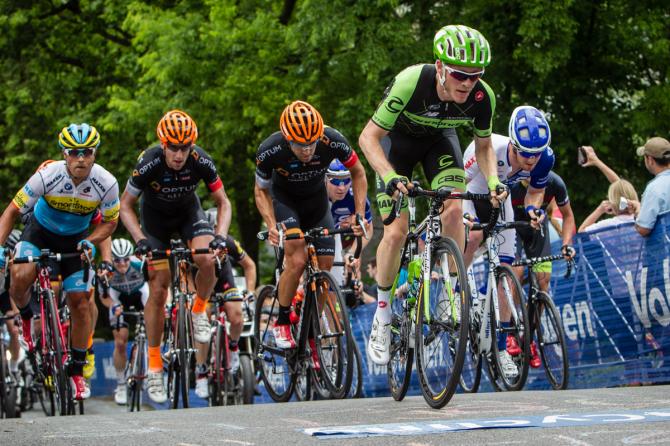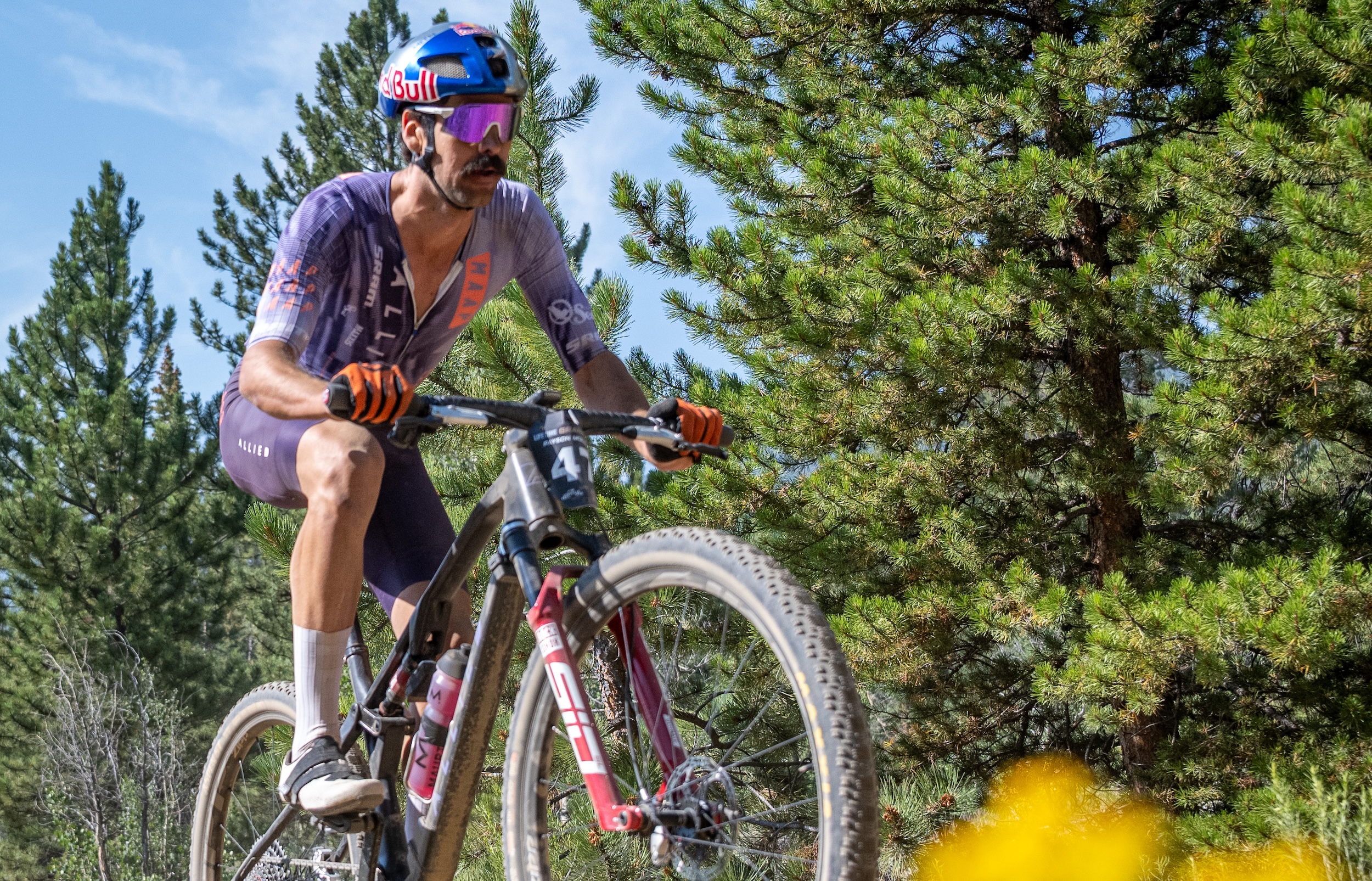Talansky Q&A: 2015 was the season of almosts
American says 2014 season’s poor ending bled into this year’s lack of results
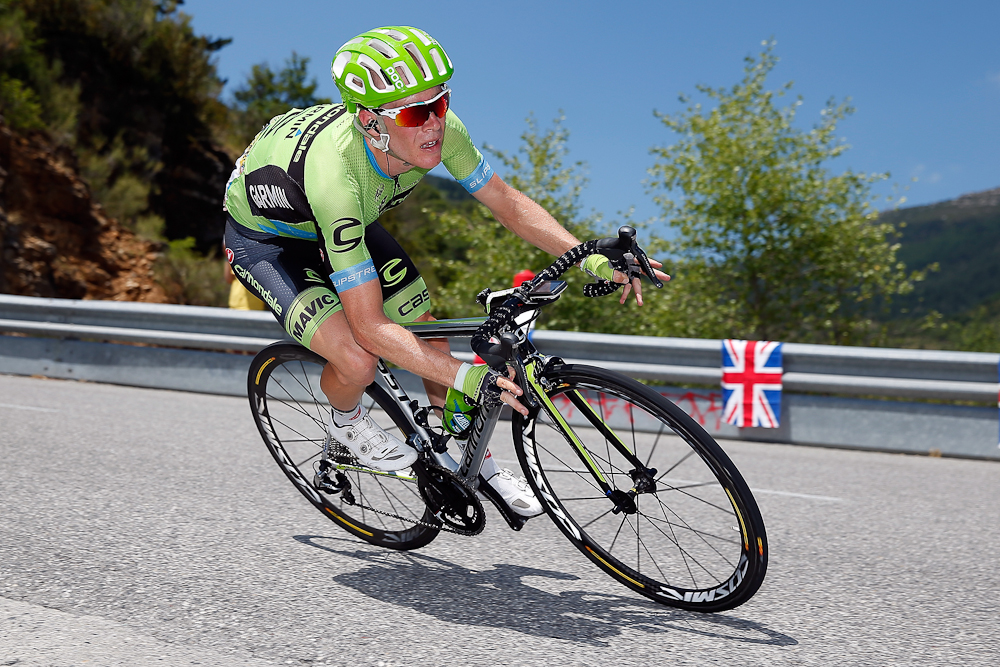
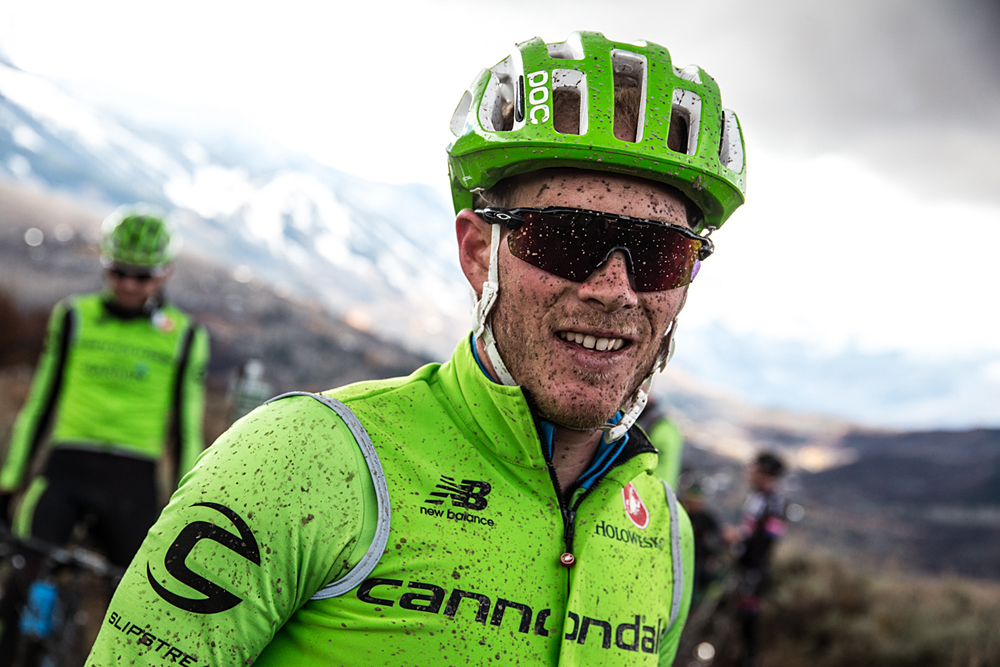
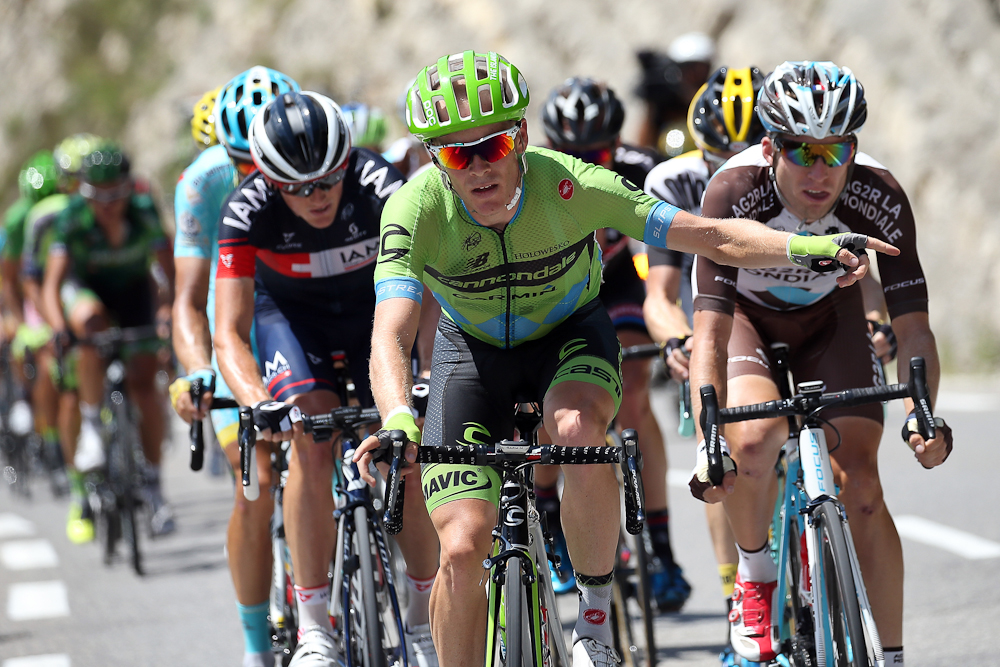
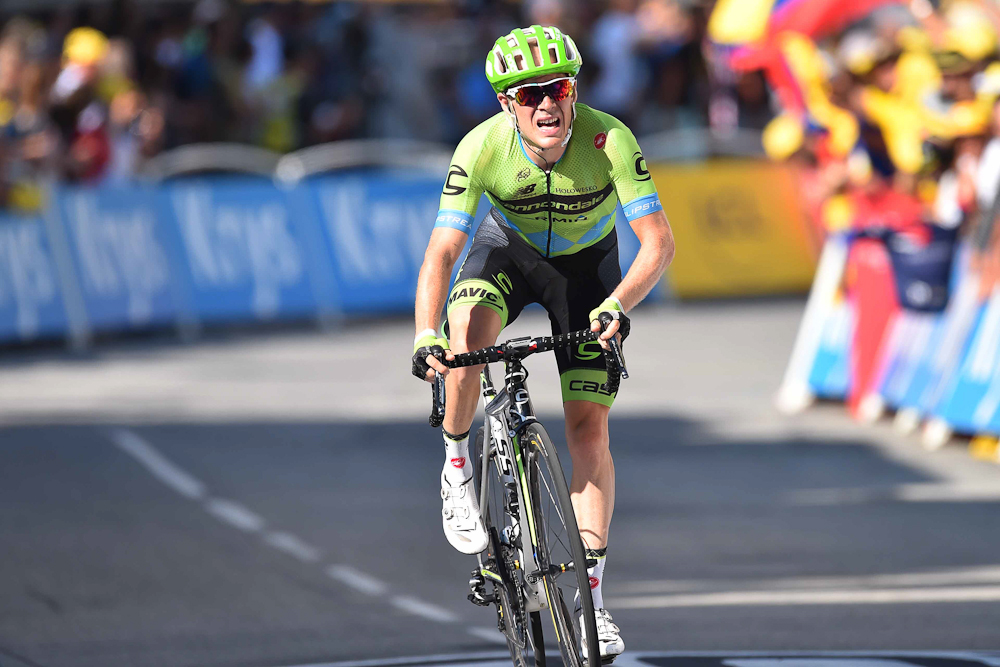
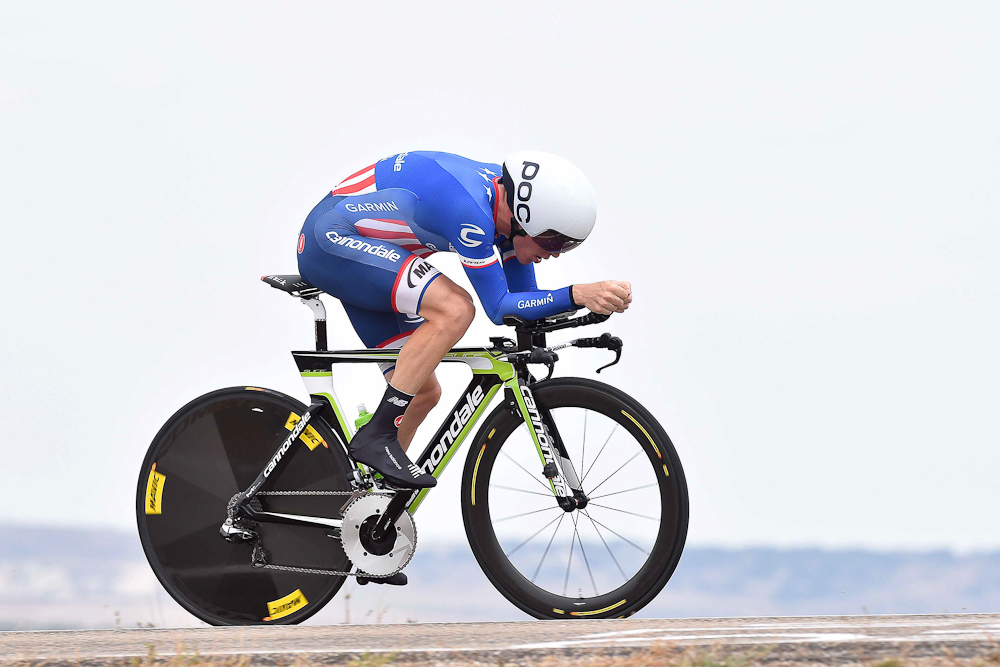
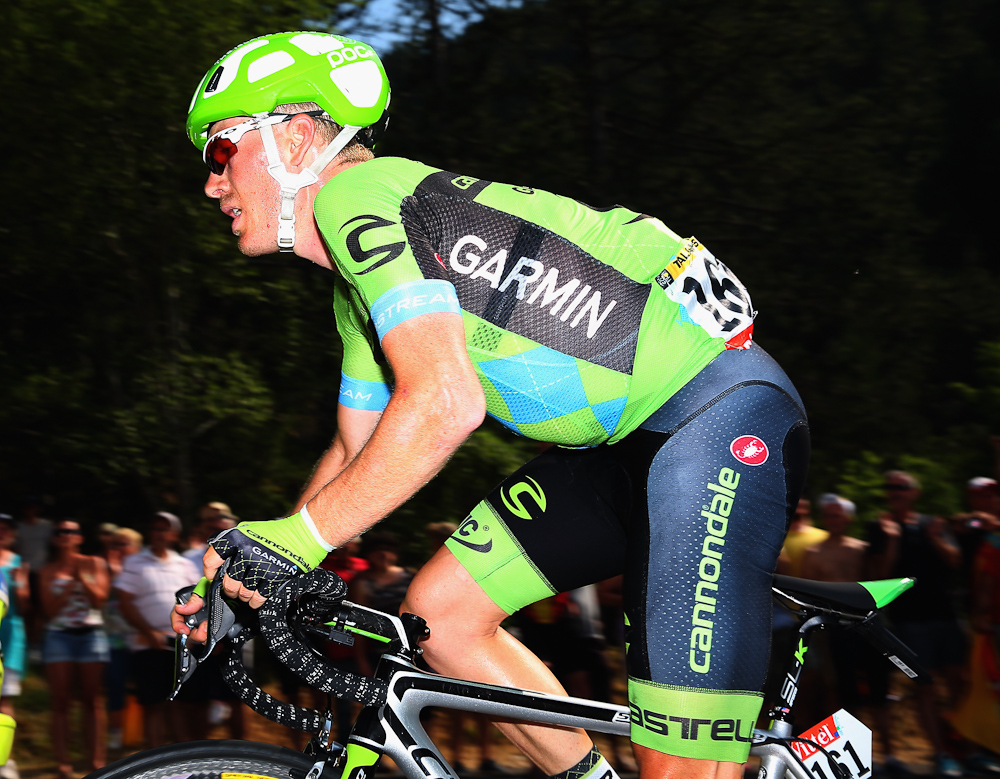
This season didn’t leave behind a lot of good memories for Andrew Talansky (Cannondale-Germin), the 26-year-old American who showed his promise with a 10th-place finish in the 2013 Tour de France and a surprising overall victory at the 2014 Criterium du Dauphine.
Those splashy results raised expectations for Talansky in a home country that is desperately hungry for Grand Tour success, but they were put on hold following a well-publicised DNF in the 2014 Tour after several crashes.
A slow start to the 2015 season, where he got sick on the eve of the Tour of California and had to abandon on the first day, foreshadowed another mostly disappointing campaign. Talansky managed just 10th during his Dauphine defence in June, then had to fight mightily to reach 11th overall at the Tour after losing time in the first week to the other contenders.
Bright spots this year include his win at the US time trial championship, followed by a race shaping solo breakaway in the road race, where he finished seventh after setting up teammate Joe Dombrowski for a chance to win. He had three top 10 stage finishes at Dauphine and nearly won stage 17 of the Tour de France to Pra-Loup, eventually finishing second to Simon Geschke (Giant-Alpecin).
Many young riders would be happy with that palmares, but it’s well known that Talansky, who team CEO Jonathan Vaughters likes to call “The Pitbull,” has outsized ambitions.
Talansky ended his season at the Vuelta a Espana, where he abandoned after finishing 154th during the stage 17 time trial. But despite the seemingly dour end note to a season that he admits came in well under expectations, Talansky told Cyclingnews in an interview this week that he believes he is set up well for success next year, even more so than he was coming into this season.
Talansky recently returned home to Napa, California following a team camp with Cannondale-Garmin in Aspen, Colorado. Cyclingnews caught up with him to look back at the 2015 season and ahead to next year.
The latest race content, interviews, features, reviews and expert buying guides, direct to your inbox!
Cyclingnews: When you won Dauphine in 2014 it was obviously a huge highlight and your biggest result, but it seems like you’ve had a pretty rough road since then. Were you satisfied with your 2015 season or do you feel like you came in below expectations?
Andrew Talansky: I don’t think it’s a secret to say that I definitely wasn’t satisfied personally at all with the results last year. Every year in this sport is different. You face different challenges. Even if you do the same training and try to replicate things, there are always other variables that come into play.
Last year – for one reason or another – it just didn’t go at all how I would have hoped, but I think those are the years you learn quite a bit from and it highlights very clearly things you can work on and things you can change.
I think that’s what last year did for me. Last year showed me it’s very hard to change things once you’re into the season. You can make adjustments, but once you’re into the racing, by the time you’ve started Paris-Nice, your periods of time to improve on what you’ve built aren’t very long, especially if you’re going for the Tour. You don’t have a lot of time to say, ‘OK, this, this and this need to be improved.’ You don’t really have time to do that. Last year, not for any lack of effort on my part or the team’s part or anybody, it didn’t really go the way we would have hoped.
I think, all things considered, being able to end up 11th at the Tour and almost get the stage win I’ve been looking for, it wasn’t what I would have liked, but considering how I went into it, I was pleased. But with the season as a whole I was definitely not satisfied.
CN: You were sick in California and then kind of on the back foot at Dauphine. Was illness part of the problem this year?
AT: No. I would say again it all goes back to the winter. When you have a winter where you start at the right time in November, about now, you know, November, December and January, even in February before Paris-Nice, then you’ve got these three or four months where you kind of lay the foundation for your year.
What I’ve seen is that when you have a good solid winter then you enter the season and if you have a little hiccup like you get sick or crash or whatever it is, it’s pretty easy to overcome. But when you come into the year already having had some hiccups during the winter, then it’s a lot more difficult.
In my opinion, this year was a lot more normal for me. I mean despite it not going how I wanted, I was able to do the races in the spring, do the Dauphine, race for GC every day of the Tour and go extremely deep there. I was exhausted after that, and I went to the Vuelta, got most of the way through that until my body was cooked and everything was done.
CN: Is there anything you’re going to change going into next year?
AT: I’m going to change a few things. I spoke with the team in Aspen, and we dove into it a little more. Like I said, years like last year highlight some things, whereas years where you maybe win something you forget about the negatives of the season. Years like last year, when you’re not winning much and not racing or riding the way you’d like to, make it pretty easy to pinpoint things you’d like to change.
I’m not going to go in-depth with the changes and adjustments we’re going to make. I think you’ll just see them once the season gets going. But, yeah, there are a few areas that we’ve highlighted.
CN: Obviously a bright spot this year was the time trial national championship. Did that provide a morale boost knowing that even in a bad patch things can come together?
AT: It was a good example because just before nationals I was sick at the start of California. I had put in a good block of work at altitude in late April and early May, and you saw the result of that at time trial nationals and during the road race.
But realistically, if you look at it I wasn’t anywhere near my best for those races. You can look at the winning margin I had in the TT. It was OK, but it wasn’t what it would have been if I was 100 per cent.
It was really nice to win, and Ben King (Talansky’s teammate who was runner-up at the US Pro time trial championship – ed.) put in a great ride, but it’s also true that that wasn’t the kind of ride I’d do when I’m at 100 per cent. I think it was a good snapshot of the entire season: some good respectable performances, but frustrating at the same time knowing that there was a lot more that I was capable of.
CN: The team also seemed like it was a bit lacklustre compared with previous years. You had 23 wins in 2014, but this year there were only 11. Have you talked about that as a team? Have you guys tried to pinpoint anything that you’ll try and do differently next year?
AT: I would say it’s kind of like my personal year: you can’t hide it, it wasn’t the best year for the team last year. But one thing I would say is that you kept seeing the team try to fight back. You saw it with Davide (Formolo) winning a stage of the Giro; with me at nationals; you had Ben King at Criterium International; you had Ryder (Hesjedal) clawing his way back up to fifth (in the Giro).
The Tour kind of went pear-shaped for us, and then still I ended up with 11th and we had a bunch of podiums. Ryder was third on Alpe d’Huez and Dan Martin was second a couple of times. You saw there was this kind of ‘almost.’ If you could describe the whole season, it was ‘almost’ for myself and the team. Things would be going right. Things would be getting really close to where you could put out a really great performance, and there would just be something missing, with a few exceptions obviously.
But yeah, the transition with the Cannondale riders coming in, and guys like David Millar going. But I think (the 2016 roster) has a lot more stability. There are a lot of new guys that from what I’ve seen at Aspen are all very, very motivated, very excited, very talented riders who I think can contribute immediately at the WorldTour level.
Sometimes it’s more about the feeling than what you see on paper. On paper last year we had a team that should have gotten maybe more results. But this year I think we have a group of guys who are absolutely capable of achieving our full potential.
CN: The team has brought in a lot of new riders to rejuvenate things. Does it feel like a younger team?
AT: Last year was kind of an in-between transition, with Millar kind of the last of the older generation guys except for Ryder and Dan (Martin). Christian Vandevelde retired the year before, then Millar, so we’ve been bit-by-bit transitioning, and (in 2016) with Ryder and Dan going different directions it’s like the heart of the team is the same, but it’s a new team. It’s totally a new team.
Myself and Ramunas Navardauskas are the two longest-standing members of the team now. We’ve both been with the team since 2011. Before, you had guys like Ryder and Millar and Christian and Dan who had been on the team since the day it started. So there’s a lot of fresh energy and a lot of excitement, and most importantly, a lot of motivation. That’s what you need.
CN: How does bringing on guys like Rigoberto Uran and Pierre Rolland, who have both had their own success in Grand Tours, affect your role in the team and your program?
AT: For me, personally, it doesn’t have any effect except a positive one on what we’ll be able to accomplish when we go to Grand Tours. For my race program, it doesn’t really change anything at all. But I think for the team as a whole that’s where you see what great effect it’s going to have.
We have a guy who can potentially win the Giro in Rigoberto Uran. We have a team where legitimately at every one-week race throughout the spring, and especially with Uran at some of the one-days as well, we can get results in all of those. It won’t be a matter of choosing do we ride Paris-Nice or Tirreno? No, you do both.
I think you see that throughout the season, even with a team like Sky, there’s never just one person who’s good. Clearly, whoever is best that week or whoever can get the best result will be supported, but you can have two guys on the podium, you can have two guys in the top five or top 10 or whatever the case is.
You’ve seen what Pierre Rolland can do that the Tour every year, and I think he can even improve on that. When you get to Grand Tours, and you have 10 people in the world left on a climb, there're not many teams that have two guys, and that’s kind of the position we’re putting ourselves in. That’s only to your benefit at that point in the race.
Overall I’m excited because it means you have more teammates deep into the race. For the team, it’s going to be great. To sum it up: It allows the team to approach every race with a clear objective and a realistic shot of coming away with a really good result.
CN: Do you know yet where you’ll start your season?
AT: Yes. I’ll be in (Tour de) San Luis in Argentina. I’ll do San Luis, then (Volta a) Algarve and then into Paris-Nice. I’m pretty excited about that. In general, I’ve done a similar schedule every year of my pro career almost, and we’ve seen which races suit me the most. I’ve gone back to races to try them a second time if we think maybe it could suit me. I think we’ve determined what works pretty well now.
One thing I wanted to mix up a little bit this year was to start racing earlier. The two options are Tour Down Under and San Luis, but I think Down Under is such a prestigious and hard race now that unless you want to be 100 per cent there I don’t think it’s really a very enjoyable race. The level you see with Rohan (Dennis) and Richie Porte are absolutely flying, so San Luis would be a little more relaxed and a nice way to get the season rolling earlier than I ever have before.
Growing up in Missoula, Montana, Pat competed in his first bike race in 1985 at Flathead Lake. He studied English and journalism at the University of Oregon and has covered North American cycling extensively since 2009, as well as racing and teams in Europe and South America. Pat currently lives in the US outside of Portland, Oregon, with his imaginary dog Rusty.
